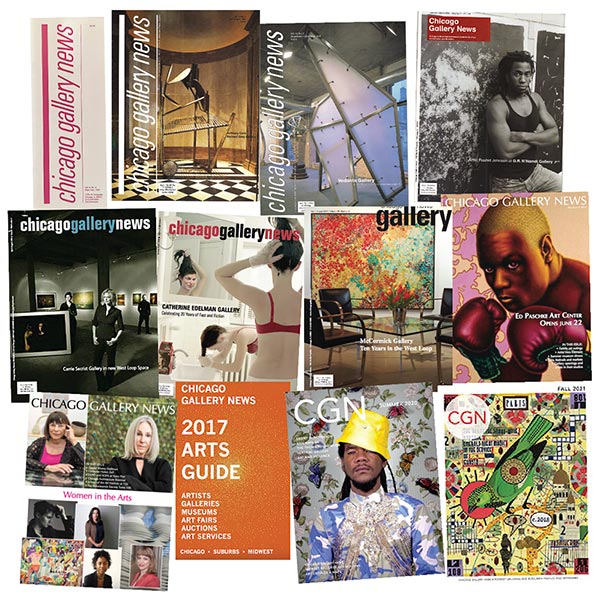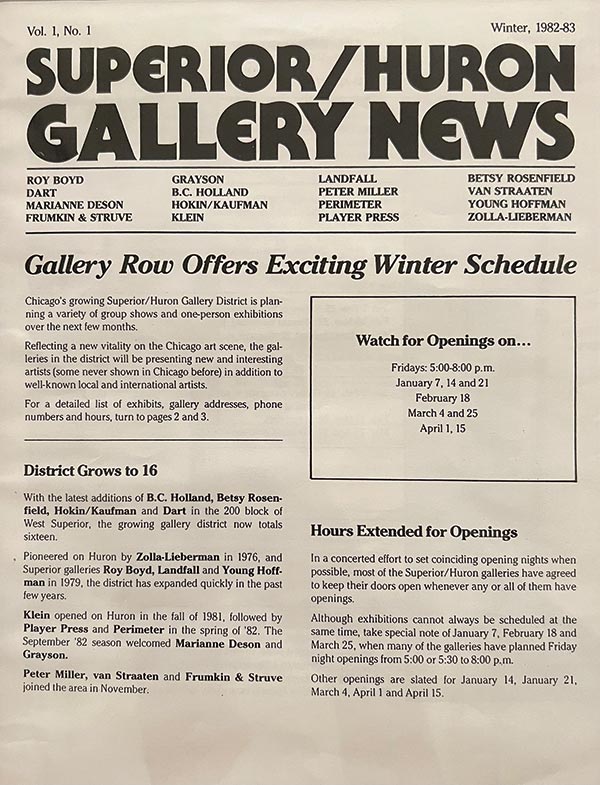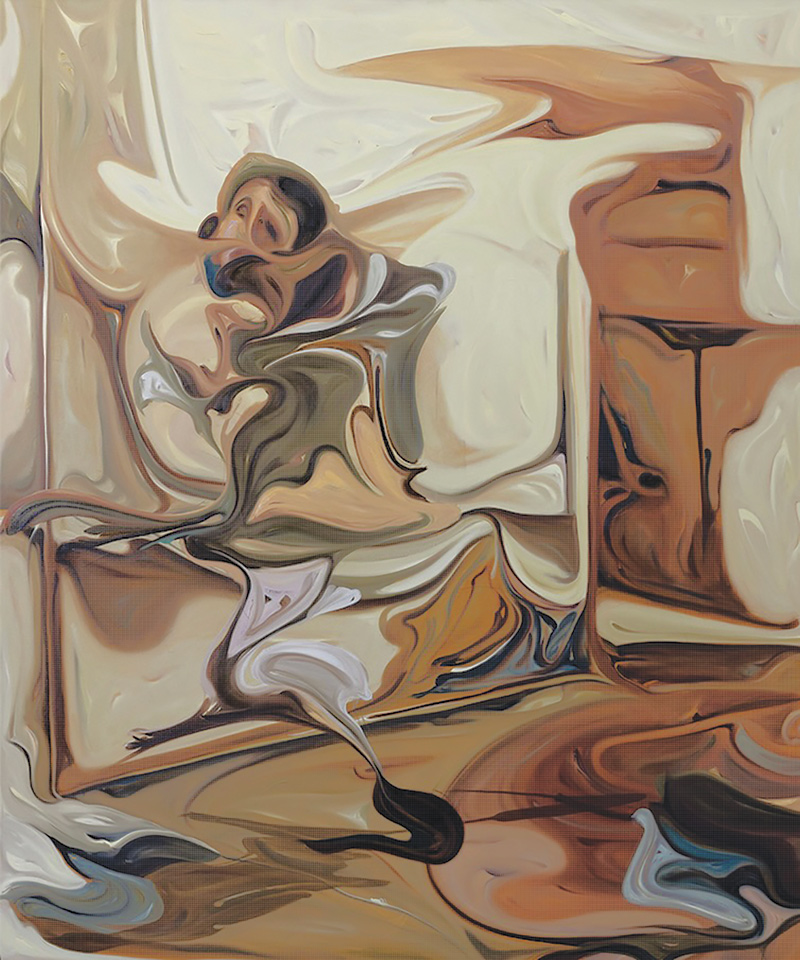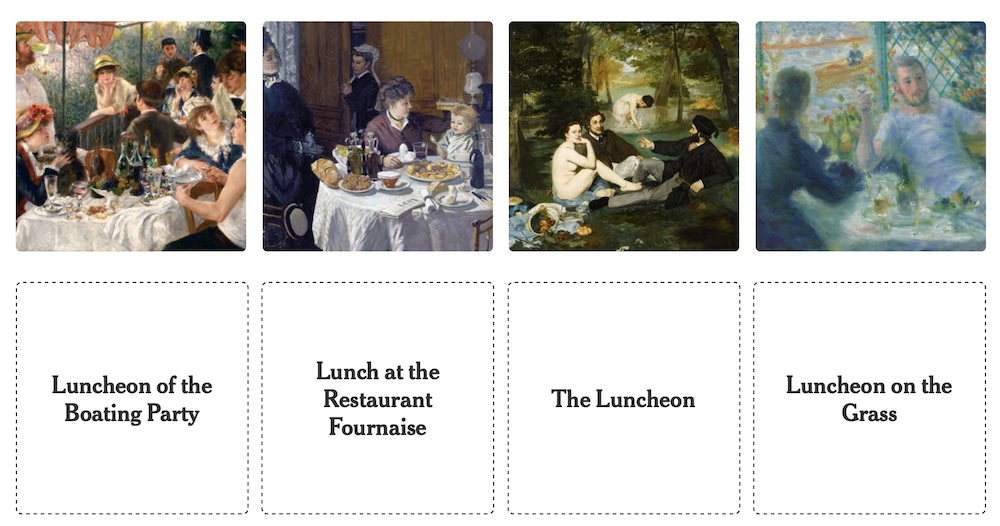CGN Turns 40: Charting Four Decades of Art and Changes


By GINNY VAN ALYEA
In the early 1980s Natalie van Straaten was running a gallery with her husband, William van Straaten, in an up-and-coming neighborhood. Fortified by a Journalism degree from the University of Michigan, Natalie was a sort of “gallery mother” and natural organizer serving the changing needs of a small, but rapidly growing, community of peers in Chicago. She founded the Superior/Huron Gallery News as a means of centrally promoting local art openings. It didn’t take long for the art guide to expand and evolve alongside the spaces it listed, ultimately becoming Chicago Gallery News, the publication of record that today has covered four decades of local and regional culture and art history.
*
I started working with Natalie in late 2002. A few months before graduating from Hamilton College that year with an English major and art minor I decided I wanted to work in publishing. Hamilton’s career office, and perhaps a little divine intervention, connected me to alumna Tracy van Straaten, a Chicago-native who was then overseeing PR for children’s books at a major publishing house in New York. When I decided to move to Chicago after graduation, I let Tracy know, and she connected me to her mother, CGN founder Natalie van Straaten. She hired me sight-unseen to work for her four days a week until I figured out what I wanted to do. I was thrilled.
Natalie took me under her wing, a 22 year-old with no job experience, other than as a camp counselor and canoeing instructor. Soon I was immersed not only in the local art community but in Chicago itself. Four days a week turned into five years, chatting in the basement office at 730 N. Franklin in River North, working on each issue of CGN and running the Chicago Art Dealers Association. Mostly we traded stories and had a terrific time, me with a front row seat to Chicago’s art world, from the friendliest dealers and most eccentric interns, to watching the drama of a storied art fair’s devastating implosion and rapid rescue in real time. I loved CGN’s mission to be supportive of the artistic and cultural community as well as informative and reliable for the general public. Our work was never just one thing, and no day was ever the same. It was all of it.
Natalie and I used to talk about any number of topics while working to publish three print issues a year and familiarize ourselves with CGN’s first website. This 40th anniversary issue is a chance to revisit some of the conversations and history lessons I received from 2002-2007 as well as review changes that have taken place, both within CGN as well as the art world at large, since I became publisher 15 years ago.
Natalie always said that she would write a book someday about the history of the art world in Chicago, and I hope she still does. In the meantime, as always, it continues to be a privilege to record in these pages this important history of a creative community in one of the world’s cultural centers.
*
Ginny Van Alyea: Please share how CGN first came to be as well as what it was first titled.
Natalie van Straaten: In the late ‘70s and early ‘80s, several galleries were making a mark on Chicago’s small but mighty art scene. The city of course had long been regarded as a center of international culture, thanks in large part to the reputation of the Art Institute of Chicago and its school, not to mention its architecture bonafides and theater reputation.
But the commercial art scene was still small at the time. By the early 1980s that relatively small scene would phyiscally need more space. What quickly followed some notable gallery moves was a publication created to share with the public all that was happening in area galleries. That four-page guide to the galleries and their openings eventually became Chicago Gallery News. It’s been 40 years and nearly as many changes, but the CGN of today comes from the Superior/Huron Gallery News of 1982.
GV: What was the energy like in Chicago at that time?
NvS: It was 1981, and the entire art world was coming to the city! The 1st Chicago International Art Exposition at Navy Pier was the magnet, and there was now a dynamic art gallery community eager to welcome them. The energy was infectious; established galleries were discovering loft spaces in a new district that gave them extraordinary space for large-scale works of art; new galleries were popping up; and a couple of visiting galleries were so impressed with Chicago when they came to see “Art Expo” that they made plans to move here.
Within a year, 16 galleries opened within a block of one another. A local art critic called the new district 'SuHu' (Superior and Huron streets were the geographic center). Of that original 16, only two galleries remain today in Chicago all these years later: Rhona Hoffman (originally Young Hoffman) and Zolla/Lieberman (now directed by William Lieberman, the second generation). The original list is on the front over of the first issue issue cover (pictured below).

GV: How did you come to publish the first gallery guide?
NvS: The galleries agreed their new community needed a printed guide to celebrate and publicize their exhibitions, locations and coordinated opening nights. I was in a unique position of being a freelance writer on art-related subjects and a co-owner of one of the 16 Galleries in the new Superior/Huron district (which later became River North). I offered to put the guide together and the galleries shared the expenses of printing and distribution. The Superior/Huron Gallery News was born!
As the publication grew, I established the guide and magazine as my own business, expanding it beyond its original mission.
GV: Obviously the term 'SuHu' didn’t stick, for the magazine or the neighborhood.
NvS: Very quickly, what became the River North Gallery District grew, ultimately housing more than 65 galleries within a two-block radius. And the Gallery News grew with them. The publication included so many exciting exhibits that drew casual art enthusiasts as well as serious collectors, that galleries in other Chicago neighborhoods wanted to be included. So the publication became The Chicago Gallery News to expand its coverage and celebrate all the art throughout the city and beyond. Maps, art services, and news items were added–and by the mid-1990’s the slim “guide“ turned into a full-color magazine.
GV: Was there anything else out there that you were aware of that was like CGN?
NvS: Art Now Gallery Guide was the closest thing to CGN, but they weren’t local, and it was hard for them to keep up-to-date with what was going on, especially as so many new galleries opened in those early years. And we were more than a guide. We were the information center for the galleries–we helped coordinate opening nights, led gallery tours, and served as an interface with the rest of the city, especially the international art fairs.
GV: “The art fair” at the time was of course Art Expo. That seemed to really ramp up the boom in the local art scene.
NvS: The CIAE (Chicago International Art Exposition) or Art Expo was transformative for the Chicago art community and gallery scene. The art world came to Chicago and they were wowed. John Wilson’s idea of a U.S. art fair at Navy Pier was brilliant. The rotunda; the views; the welcoming city with great restaurants, hotels and culture made Chicago an international destination. And there had been nothing like it in the United States.
After a few years, inevitable problems, politics, and egos challenged the fair. Other organizers staged simultaneous events to compete with it, and a new fair, Art Chicago, took over under the leadership of Tom Blackman. That, too, eventually faltered, and the current EXPO CHICAGO under Tony Karman continues to draw the art world to Chicago annually. CGN has continued to coordinate gallery events in conjunction with the art fairs and has long been an art concierge of sorts for visitors.

GV: How did you decide to print three times a year?
NvS: Our printing schedule was guided by gallery activity. September was the opening of the big fall season; January was the next big coordinated time after the holidays and New Year. April celebrated the annual Art Expo, and most galleries mounted special exhibits for local and international visitors. Summers were relatively quiet with lots of “group exhibitions” and vacations.
GV: CGN has had to adapt at an even more rapid pace, it seems, in the past couple of years, particularly due to the twin forces of the pandemic as well as online viewing and consumption. I think you and I talked years ago about how chicagogallerynews.com would become like a fourth issue. I laugh when I remember when the website was brand new, and we would put all the current issue information online and into the listings, and then it would sit there for 3–4 months before we’d change any of it again.
NvS: Well, you have added tremendously to the scope of editorial coverage in print as well as online, and you’ve expanded to include national and international art news. Plus CGN now sends twice-weekly newsletters and uses social media to reach readers much more often.
GV: CGN’s gallery coverage has continued to expand over time to accomodate more spaces in various neighborhoods, even beyond Illinois. I think the digital presence is a double edged sword. It’s essential, but it’s also replaced some in-person engagement the long-time dealers still miss.
What have been some other notable changes?
NvS: Chicago Gallery News did recognize changes in technology along the way, first adding FAX numbers, then email addresses and gallery websites in its listings. It has managed to stay a print resource as well as become a comprehensive online presence that is constantly updated. Another major update I saw you do was to replace the slower winter issue with the annual guide, starting in 2017.
There have been so many funny stories and memories, but the most important change was when young Ginny Berg came seeking a job with photography or children’s books! After 5 years you took the reins and brought it into the 21st century.
GV: Thank you! It’s always felt like it was meant to be. I still draw on many of the lessons you taught me. Most of all I try to keep up CGN’s position of support and optimism, which I think is extra important today, and in the future.
#
Please consider subscribing to CGN for $25 for 3/issues a year






